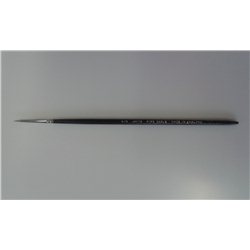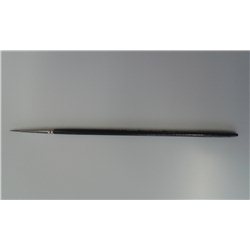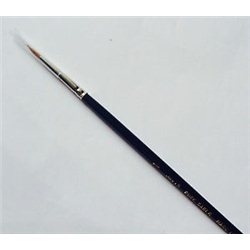Static grass puffer bottles work by manually charging model grass fibres with static electricity. When the charged...
No products
Product successfully added to your shopping cart
There are 0 items in your cart. There is 1 item in your cart.
Search Tips
How do I paint a model railway wagon?
Painting a model wagon is a fun and rewarding project that can add a personal touch and vibrant colours to your miniature creation. Before you begin, make sure to gather all the necessary supplies, including the wagon, paints, paintbrushes of varying sizes, a palette or paper plate for mixing colours, and a well-ventilated workspace. It's also a good idea to disassemble the wagon into separate parts, if possible, to make painting easier and ensure complete coverage. Obviously, it if comes as a kit, this step is even easier!
Once you have your supplies ready, start by thoroughly cleaning and degreasing the wagon parts. This step is crucial to ensure the paint adheres properly to the surface. You can use a mild soap and water solution or a degreasing agent specifically designed for plastic models. After cleaning, allow the parts to dry completely before proceeding to the next step.
Next, prime the parts with a suitable primer. Priming helps the paint adhere better and provides a consistent base colour for your subsequent paint layers. Apply the primer in thin, even coats, allowing each coat to dry completely before applying the next one. This step may seem tedious, but it's essential for achieving a smooth and long-lasting finish.
With the primed parts ready, it's time to start painting! Begin with the base colours, using the appropriate paints and paintbrushes. Work in thin, even layers, allowing each layer to dry completely before adding the next one. Pay close attention to details and crevices, using smaller brushes for tight spaces. Don't be afraid to gather lots of photographs of the real thing to ensure accuracy.
Once you've completed the base colours and any desired details, consider adding a clear protective coating to your painted model wagon. This step will not only enhance the vibrancy of the colours but also protect your hard work from wear and tear. Apply the clear varnish in thin, even layers, allowing each layer to dry completely before adding the next one. Finally, reassemble the painted wagon parts.
Click here to receive the tips weekly in your mailbox. You can unsubscribe at any time.










